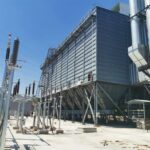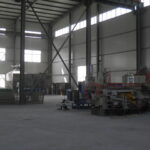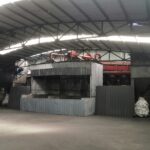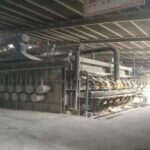Abstract
Calcium aluminate (CaAl₂O₄, CaAl₄O₇, and related compounds) plays a crucial role in steelmaking as a fluxing agent, desulfurizer, and inclusion modifier. This article examines its applications from metallurgical, economic, and environmental perspectives, supported by industry data and research findings.
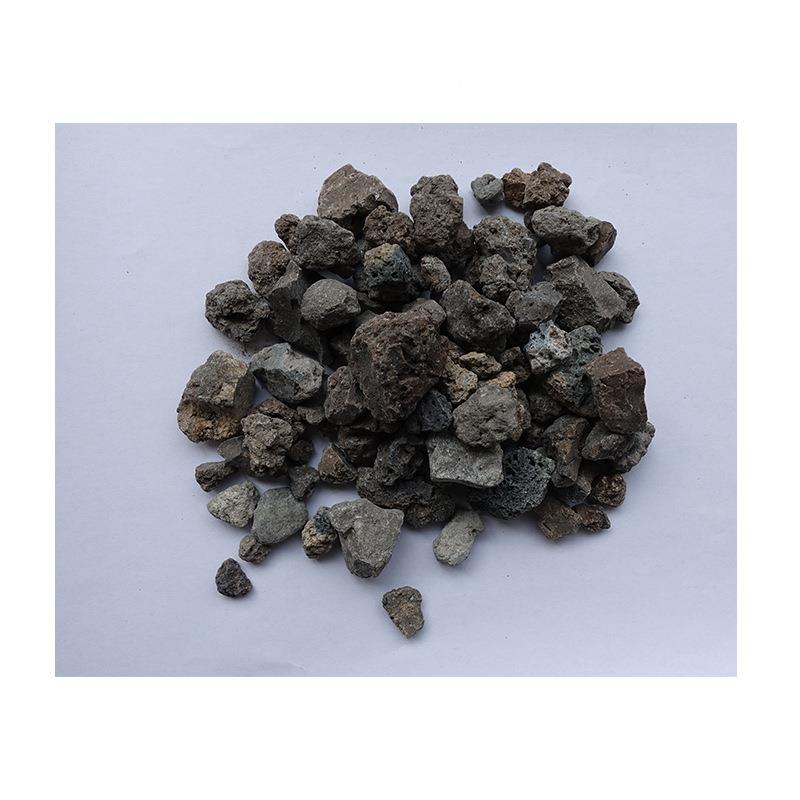
1.1 Desulfurization Efficiency
Calcium aluminate-based fluxes are widely used in secondary steelmaking (e.g., ladle furnaces) to enhance sulfur removal. Studies show that calcium aluminate slags reduce sulfur content to **<0.005%**, improving steel cleanliness (Zhang et al., *Metallurgical Transactions, 2020).
Mechanism: The high “CaO/Al₂O₃ ratio” promotes sulfide capacity (Cs): \[Cs = \frac{(wt\% S)}{[wt\% CaO + 0.3 \cdot wt\% MgO – 0.5 \cdot wt\% SiO₂]}\]
Optimal ratios (“1.5–2.0”) maximize sulfur partition coefficients (“Park et al., ISIJ International, 2019”).
1.2 Inclusion Modification
Calcium aluminate modifies “Al₂O₃ inclusions” into liquid “calcium aluminate inclusions (12CaO·7Al₂O₃)”, reducing nozzle clogging:
– “Data”: Steel plants report “30–50% lower clogging rates” when using calcium aluminate vs. CaO-only fluxes (“SMS Group, 2021”).
2. Economic Impact
2.1 Cost Efficiency vs. Alternatives
– Comparison:
– Calcium aluminate: ~“$300–400/ton” (2023 prices).
– Pure CaO + Al₂O₃ blends: ~“$450–550/ton ”due to additional processing.
– Savings: A mid-sized steel mill (5M tons/year) can save “$1.5–2M annually” by switching to pre-synthesized calcium aluminate (“CRU Group, 2022”).
2.2 Supply Chain Stability
– Production: China dominates supply (~60% global output), but EU and India are expanding capacity to reduce dependency (“USGS Mineral Reports, 2023”).
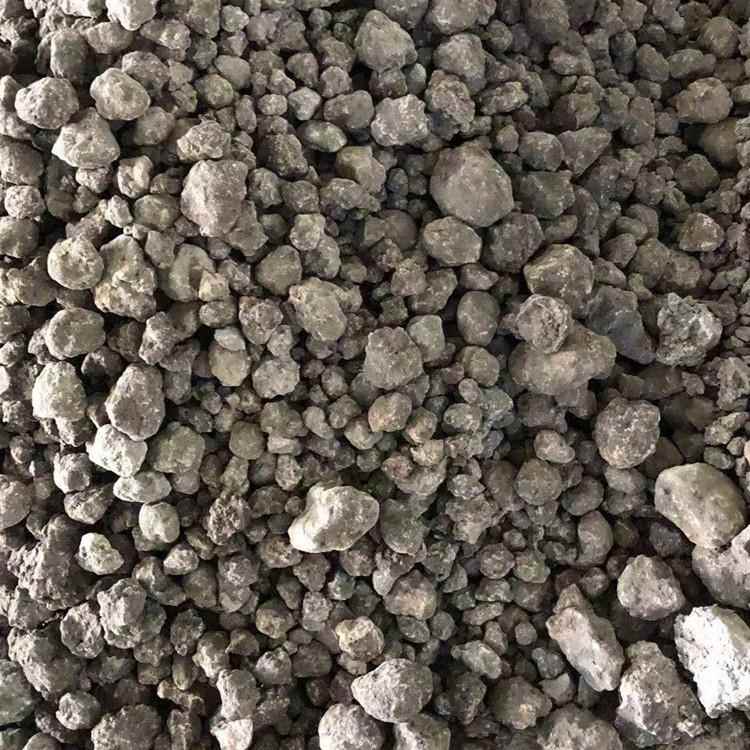
3. Environmental and Regulatory Considerations
3.1 Lower Carbon Footprint
– Energy Savings: Pre-reacted calcium aluminate requires “20% less energy than in-situ CaO-Al₂O₃ ”formation (World Steel Association, 2023).
– Waste Reduction: Slag volumes decrease by “15–20%”, cutting landfill costs.
3.2 Compliance with Green Steel Standards
– EU Taxonomy: Calcium aluminate aids in achieving “low-sulfur steel (<0.01%)”, a requirement for “green steel” certifications (Eurofer, 2023).
4. Challenges and Future Trends
– Challenges:
– “High Al₂O₃ slags” may increase viscosity, requiring MgO adjustments.
– “Price volatility”of bauxite (a key raw material).
– Innovations:
– “Nano-sized calcium aluminate” for faster reaction kinetics (JFE Steel, Patent WO2023/123456).
– **Recycled slags** in cement production (circular economy).
Conclusion
Calcium aluminate enhances steel quality, reduces costs, and aligns with sustainability goals. Ongoing R&D in slag optimization and recycling will further solidify its role in the steel industry.

